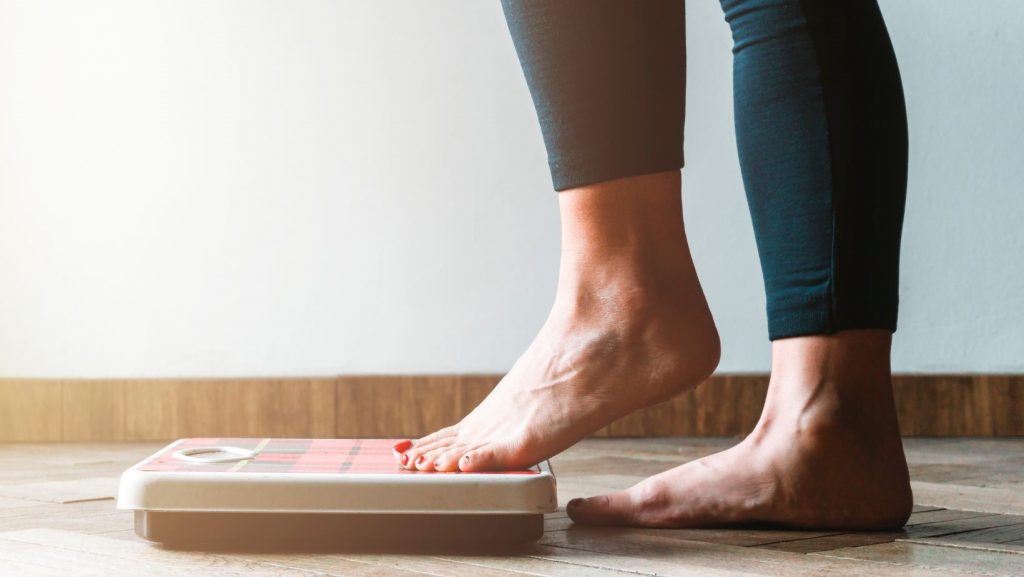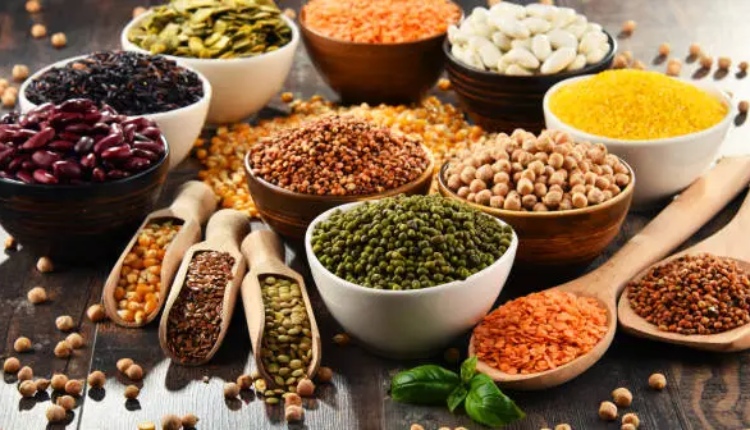For tens of thousands of years, navathaniyam (whole grains) have been a staple of human nutrition. However, people in favour of several western diets, including the paleo diet, argue that eating grains is damaging to one’s health. While eating grain products has been associated with diseases such as obesity as well as inflammatory responses, whole grains are a different thing altogether. In fact, consuming whole grains has been linked to a lower risk of diabetes, heart problems, and even elevated blood pressure. The following are the most important medical benefits of consuming Navathaniyam as frequently as possible.
Health benefits of Navathaniyam:
They assist in digestion

One of the many health advantages of whole grains (Navathaniyam) is their aid in digestion. The fibre content helps to maintain normal bowel movements. In fact, studies have found that individuals who consume more fibre require minimal laxatives. Furthermore, they aid in the prevention of diverticulosis, a disorder in which small pouches structure in the colon wall, causing irritation, constipation, diarrhoea, or even pain. The majority of the benefit comes from fibre, but whole grains furthermore include lactic acid, which aims to promote “good bacteria” in the intestinal tract. Such microbes help digestion, improve absorption of nutrients, and may even strengthen the immune system’s defences.
You may also like: Health Benefits of Egg Yolk that You Avoid While Adding Egg Whites
They can aid in cholesterol reduction
In addition to helping to stop your body from consuming “bad” cholesterol, whole grains could also reduce triglycerides, two key risk factors for cardiovascular disease. Whole grains (Navathaniyam), in truth, lower the likelihood of heart illnesses as a whole. According to one research, women who consumed 2-3 portions of whole grain products every day seem to be 30% less likely to have a heart attack and die of heart disease than women who consumed only about one serving per week. Whole grains, including whole wheat, oats, barley, brown rice, corn, quinoa, buckwheat, rye, and millet, have heart-health advantages.
They could support weight management

As opposed to individuals who consume refined grains, people who consume a fair bit of whole grains (Navathaniyam) seem to be more likely to maintain a healthy weight and are less likely to be overweight in time. According to one study, women who regularly ate whole grains like brown rice, popcorn, and wheat bread, had a 49% reduced chance of “big weight gain” than women who preferred foods like cakes or white bread. Over a 12-year period, middle-aged men and women who consumed a fibre-rich diet acquired 3.35 pounds lower than those who chose to eat processed foods.
They fill you up

Whole grains can help you lose weight by leaving you feeling fuller than refined carbs like cookies as well as bread. Whole grains take more time to digest and are more filling. This might also aid you in maintaining your servings in check. To maximise fullness, try rye or protein-rich quinoa.
They aid in blood sugar regulation
One of the primary advantages of whole grains (Navathaniyam) over grain products is that they help to prevent glucose level spikes, which can minimise your risk of developing type 2 diabetes, among many other things. According to one survey, women who consumed 2-3 portions of whole grains daily had a 30% reduced likelihood of developing type 2 diabetes than those who consumed little to no whole grain products. Another study discovered a 32% lower risk of developing diabetes in those who consumed 3 or more servings of whole grains per day, compared to a 5% reducing risk among those who decided to eat processed foods. A simple swap of one-third of a plateful of boiled white rice per day for brown rice was linked to a lower risk of type 2 diabetes. Whole grains have been shown to prevent type-2 diabetes, making them an excellent choice for individuals who have pre-diabetes or are at high risk of developing it.
How often do you consume whole grains (Navathaniyam) and how do you do it? Let us know!
We will be delighted to have your thoughts and feedback. Please write to us at [email protected]
Follow Life and Trendz on Instagram:https://www.instagram.com/lifeandtrendz/
Facebook: https://www.facebook.com/lifeandtrendz
Twitter: https://twitter.com/LifeandTrendz


Comments are closed.